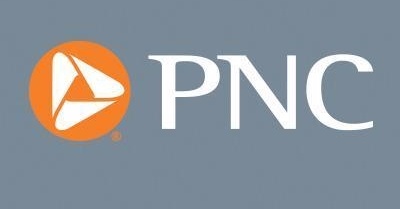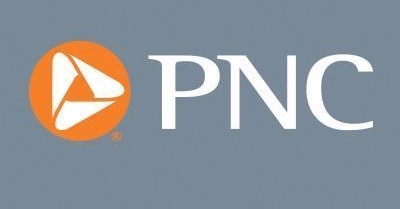
Even as Inflation Slows
- Real GDP increased 2.8% in the second quarter, better than in the first quarter and a solid number.
- Inflation slowed in the second quarter, although it remains above the Federal Reserve’s 2% target. The FOMC is set to cut the fed funds rate in September.
- Growth was broad-based in the second quarter, although trade was once again a drag.
- The expansion should continue into 2025.
The US economy expanded 2.8% at an annual rate in the second quarter of 2024, according to the advance estimate of real GDP from the Bureau of Economic Analysis. This followed an increase of 1.4% in the first quarter. Real GDP has increased by 2% or more in seven of the past eight quarters as the US economy continues to lead the developed world in the recovery from the Viral Recession. On a year-ago basis real GDP growth was a strong 3.1%.
Even as growth picked up in the second quarter inflation slowed from the first quarter, with lower quarterly readings for the personal consumption expenditures (PCE) price index, both topline and core (excluding food and energy). Inflation also slowed on a year-ago basis, although it remains higher than the Federal Reserve would like.
Overall the advance second quarter GDP report was a very good one. The economy continues to expand at a solid pace even as inflation is slowing. Although higher interest rates are weighing on economic activity to an extent, the US expansion continues and shows no sign of letting up. In particular consumer spending, which makes up about two-thirds of the US economy, continues to increase at a steady pace as the good labor market allows households to increase their purchases. PNC expects solid but somewhat slower economic growth in the second half of the year and into 2025 as high interest rates continue to restrain the economy. Inflation should continue to ease toward the Federal Reserve’s 2% objective, and the Federal Open Market Committee (FOMC) is set to cut the federal funds rate, its key short-term policy rate, by a quarter of a percentage point at its September meeting.
The increase in GDP in the second quarter was broad-based. Consumer spending increased 2.3% at an annual rate, adding 1.6 percentage points to growth, with positive contributions from durable goods, nondurable goods, and services. Business fixed investment rose more than 5%, adding 0.7 percentage point to growth; solid increases in spending on equipment and intellectual property products more than offset a small drag from structures. Inventories added 0.8 percentage point to growth, after subtracting from growth in each of the two previous quarters. Government spending rose more than 3%, adding 0.5 percentage point to growth, with increases at both the federal and state and local levels.
Trade was a drag for a second straight quarter, subtracting 0.7 percentage point from growth. Exports rose a solid 2% annualized, but imports surged more than 7% as U.S. consumers and businesses purchased from abroad; higher imports reduce GDP. Residential investment (housing) declined 1.4% and subtracted less than 0.1 percentage point from growth; this was the first contraction in residential investment in a year.
Inflation slowed even as economic growth accelerated. The personal consumption expenditures price index increased 2.6% at an annual rate in the second quarter, down from 3.4% in the first quarter. The core PCE price index, which excludes food and energy and is the Federal Reserve’s preferred inflation measure, rose 2.9% in the second quarter, down from 3.7% inflation in the first quarter. Core PCE inflation was 2.7% on a year-ago basis in the second quarter, down from 2.9% in the first quarter and a peak of 5.5% in the first quarter of 2022. Inflation continues to slow, although it remains well above the Federal Reserve’s 2% inflation objective. The BEA will release PCE inflation numbers for June tomorrow, providing more detail on the trajectory of inflation in 2024.
The PNC Financial Services Group, Inc. is one of the largest diversified financial services institutions in the United States, organized around its customers and communities for strong relationships and local delivery of retail and business banking including a full range of lending products; specialized services for corporations and government entities, including corporate banking, real estate finance and asset-based lending; wealth management and asset management. For information about PNC, visit www.pnc.com.














